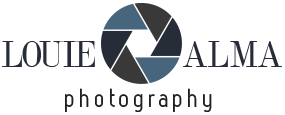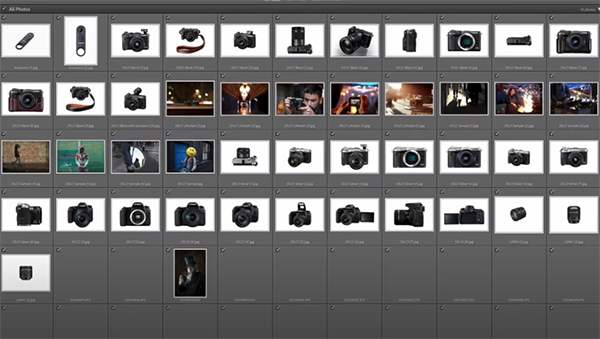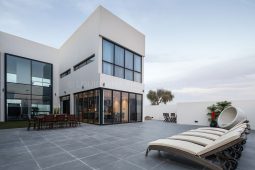A BIG Problem with Photoshop’s Magic Wand Tool & How to Fix it With 1 Click (VIDEO)
If you’ve noticed some pretty lousy results when using Photoshop’s Magic Wand tool, well, join the club because this is a rather common occurrence when editing certain types of photos. Today’s tutorial from the gobally popular PiXimperfect YouTube channel explains when you’ll confront this image-killing issue and how to fix it.
Unmesh Dinda is an internationally acclaimed post-processing expert with over five million subscribers to instructional channel. In this five-minute tutorial you’ll see why you might refer to the Magic Wand as the “Tragic Wand” until you implement his straightforward solution.
Here the problem in a nutshell: There are times when the selections you make with the Magic Wand tool result in hard, pixelated edges. The word “ugly” comes to mind. Dinda pulls up a simple b&w logo to demonstrate this tool at its worst. He masks out the logo, puts it on a separate layer and exclaims, “this is so darned messed up.”

Unmesh tries again, this time dropping the Tolerance setting all the way down to 2, and guess what? The edges of the logo are still very jagged and harsh. Dinda takes things in the opposite direction for his third attempt, increasing the Tolerance value to 120. This fixes the problem, right? Unfortunately not.
So what the heck is going on, and how do you remedy this unsightly problem? We’ll let Dinda demonstrate the simple solution with a second sample image—this time a color photo of a chair with numerous straight edges. But here’s one clue: Checking or unchecking the Anti-Aliasing box isn’t the answer.
Bottom line: Dinda admits that the one-click solution doesn’t quite sense, but it works like a charm and that’s all that matters, right? So spend five minutes watching this lesson and you’ll be totally set from now on.

Dinda’s robust YouTube channel includes instructional videos on just about any image-editing task you may encounter. So be sure to pay a visit when you have enough time to explore.
On a similar note, check out the tutorial we featured recently from another image-editing expert who discusses “the biggest mistake when using Lightroom’s AI masks” and a straightforward solution.









